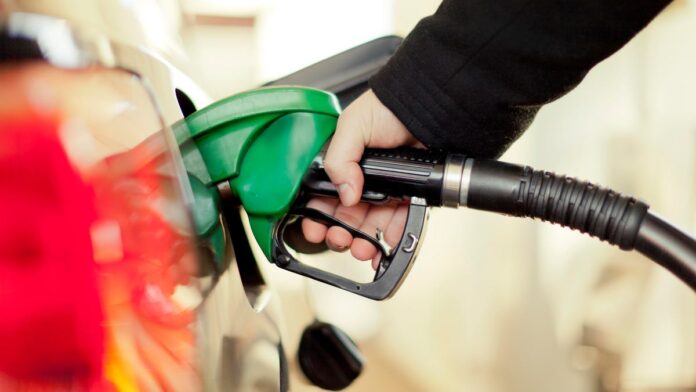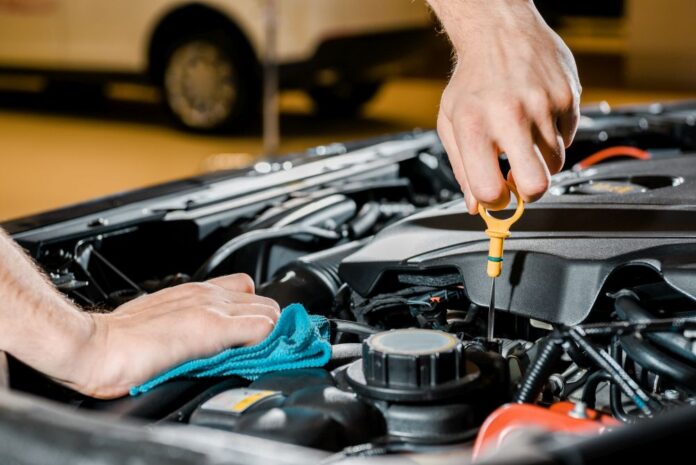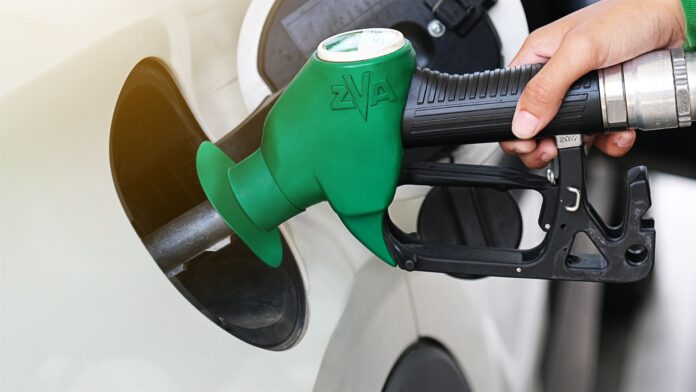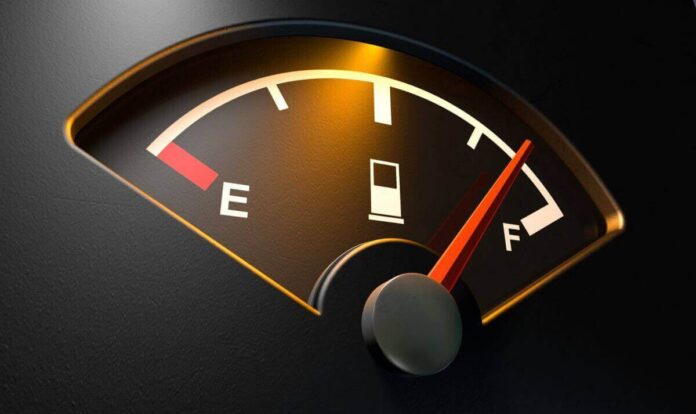Fuel efficiency is crucial in fleet management due to rising fuel costs and their impact on operations.
That is why it is of the utmost importance to keep costs in check.
Implementing effective fuel-saving strategies can significantly reduce expenses and enhance overall efficiency.
Tip 1: Improve Driver Behavior

Driver behavior plays a crucial role in determining the fuel efficiency of a fleet. Certain driving habits, such as overspeeding, harsh acceleration, harsh braking, and excessive idling, can drastically reduce fuel efficiency.
Avoid Overspeeding
Overspeeding is one of the most common behaviors that negatively impact efficiency. Driving at high speeds requires more energy, resulting in higher consumption.
By maintaining a consistent and moderate speed, drivers can significantly improve fuel efficiency. Implementing speed limits and using speed governors can help in controlling overspeeding.
Prevent Harsh Acceleration and Braking
Harsh acceleration and braking are other factors that contribute to increased fuel consumption.
Smooth acceleration and gradual braking help in maintaining a steady flow, which optimizes usage.
Training drivers to anticipate traffic conditions and plan their maneuvers can lead to more efficient driving.
Minimize Excessive Idling
Excessive idling is a major contributor to wasted fuel. Idling for long periods, especially with the air conditioning on, can burn a significant amount without any productive output.
Encouraging drivers to turn off the engine during extended stops and providing guidelines on acceptable idling times can help reduce fuel wastage.
Tip 2: Fueling Practices


Efficient fueling practices are essential for managing costs and ensuring the smooth operation of a fleet.
Here are detailed ways to enhance fueling practices:
Use Fuel Cards for Better Expense Management
Fuel cards are a powerful tool for managing expenses. In the same manner, obtaining a fleet card can provide many good things.
They offer several benefits, including:
- Accurate Tracking of Purchases: Fuel cards provide detailed records of every transaction, including the date, time, location, and amount purchased.
- Expense Control: With cards, fleet managers can set spending limits and restrictions, such as fuel-only purchases, which prevent misuse.
- Simplified Billing and Reporting: Card providers often offer consolidated billing and reporting, making it easier to track and manage fuel expenses.
Implement On-Site Fueling
On-site fueling, where fuel is delivered directly to the fleet’s location, offers several advantages:
- Time Savings: Drivers do not need to travel to off-site refueling stations, which saves time and allows them to focus on their primary tasks.
- Cost Savings: On-site fueling often comes with bulk discounts, which can reduce overall costs.
- Improved Control Over Fuel Quality: With on-site fueling, fleet managers can ensure that high-quality fuel is used consistently, preventing potential engine issues caused by poor-quality one.
Tip 3: Optimize Route Planning


Efficient route planning is essential for minimizing fuel consumption. Utilizing GPS and telematics systems can help identify the most efficient routes, reducing idle time and the distance traveled.
By planning routes that avoid high-traffic areas, fleet managers can ensure smoother trips and less fuel wastage.
Advanced route planning tools can also predict traffic patterns and provide alternative routes, further optimizing fuel efficiency.
Implementing these strategies helps in reducing unnecessary mileage and improving overall operational efficiency.
Tip 4: Regular Vehicle Maintenance


Regular vehicle maintenance is a fundamental aspect of achieving and maintaining optimal fuel efficiency in a fleet.
A well-maintained vehicle not only performs better but also consumes less fuel, reducing overall operational costs.
Here are key maintenance practices that fleet managers should prioritize to ensure their vehicles run efficiently:
Maintain Proper Tire Pressure
Tire pressure has a direct impact on fuel efficiency. Under-inflated tires increase rolling resistance, which requires more energy to move the vehicle.
Regularly checking and maintaining the correct tire pressure can lead to significant savings.
Ensure Engine Health
A well-maintained engine operates more efficiently and less consumption. Regular engine checks are crucial for identifying and addressing potential issues that could affect performance.
Use Fully Synthetic Lubricants
Using fully synthetic lubricants can significantly improve engine performance and efficiency. Synthetic lubricants reduce friction within the engine, allowing it to operate more smoothly and efficiently.
Tip 5: Utilize Fleet Telematics


Fleet telematics systems offer a comprehensive solution for monitoring fuel usage and driver behavior.
By tracking fuel consumption patterns, fleet managers can identify inefficiencies and implement corrective measures.
Telematics also helps in reducing idling time by providing insights into vehicle usage.
These systems can track vehicle health and maintenance needs, allowing for timely servicing and preventing fuel wastage due to mechanical issues.
Utilizing telematics enhances overall fleet efficiency and contributes to substantial fuel savings through data-driven decision-making.
Tip 6: Load Management
Effective load management is essential for reducing consumption. Overloading vehicles can lead to increased fuel usage and strain on the engine.
Ensuring that the payload is within recommended limits helps in maintaining efficiency.
Regularly checking and adjusting the vehicle load can prevent overloading and optimize consumption.
Proper load distribution also contributes to better vehicle handling and safety.
Tip 7: Driver Training and Gamification


Driver training and gamification are powerful tools for promoting fuel-efficient driving habits.
Regular training sessions educate drivers on techniques that can lead to significant fuel savings, while gamification adds an element of engagement and motivation.
By combining these approaches, fleet managers can create a culture of efficiency and achieve substantial cost savings.
Here’s an in-depth look at how these strategies can be effectively implemented:
Regular Driver Training Sessions
Driver training is essential for instilling fuel-efficient driving habits. Key aspects of these sessions should include:
- Smooth Acceleration and Deceleration: Teach drivers the importance of accelerating and decelerating smoothly.
- Maintaining Steady Speeds: Educate drivers on the benefits of maintaining a consistent speed.
- Minimizing Idling: Excessive idling wastes fuel. Training drivers to turn off the engine during long stops or while waiting can lead to significant fuel savings.
- Optimal Gear Usage: For vehicles with manual transmissions, train drivers to use the highest gear possible without straining the engine.
- Anticipating Traffic Flow: Encourage drivers to anticipate traffic conditions and plan their movements accordingly.
- Regular Vehicle Checks: Educate drivers on the importance of regular vehicle checks, such as ensuring tire pressure is at the recommended level and that there are no fluid leaks.
Summary
Implementing fuel-saving strategies is vital for better fleet management and cost savings.
By adopting these tips, fleet managers can enhance efficiency, reduce expenses, and ensure sustainable operations.







